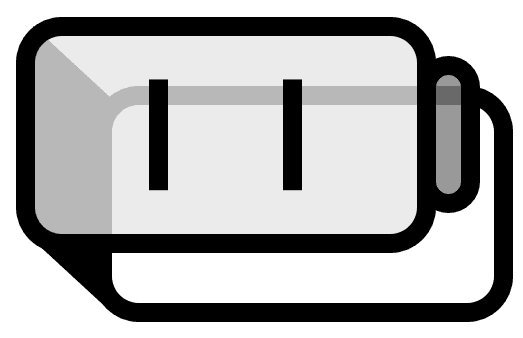What is Tomography?
What is Tomography?1
Tomography, derived from the Greek words τoμoσ and γραψετε, translates to slicing and recording in Korean. The images we see after a CT scan are essentially cross-sectional pictures2 of the body.

In tomography, opaque objects are penetrated with signals in the form of waves or particles to gather information about their internal structure. The signals commonly used include electromagnetic waves (notably X-rays) and sound waves.
CT
CT stands for Computerized Tomography (or Computed Tomography), highlighting the fact that the process of reconstructing desired information from signals inevitably relies on computer calculations. CT is applied in various fields such as medicine, industry, seismology/geology, astronomy, archaeology, nuclear fusion reactors, Radar, and SONAR.
Types
The types of tomography include:
X-ray CT: The most standard form of tomography, familiar to the general public, similar to MRI.
MRI: Stands for Magnetic Resonance Imaging. It involves aligning hydrogen nuclei using a strong external magnetic field and using the signals emitted from them.
PET: Stands for Positron Emission Tomography.
SPECT: Stands for Single Photon Emission Computed Tomography. It has appeared in conversations among neurosurgeons and Jeon Mi-do in an episode of Hospital Playlist Season 2.
PAT: Stands for PhotoAcoustic Tomography. As the name suggests, it utilizes both light and sound waves and has the advantage of being harmless compared to CT, since it does not involve radiation.
Peter Kuchment, The Radon Transform and Medical Imaging (2014), p3-14 ↩︎
